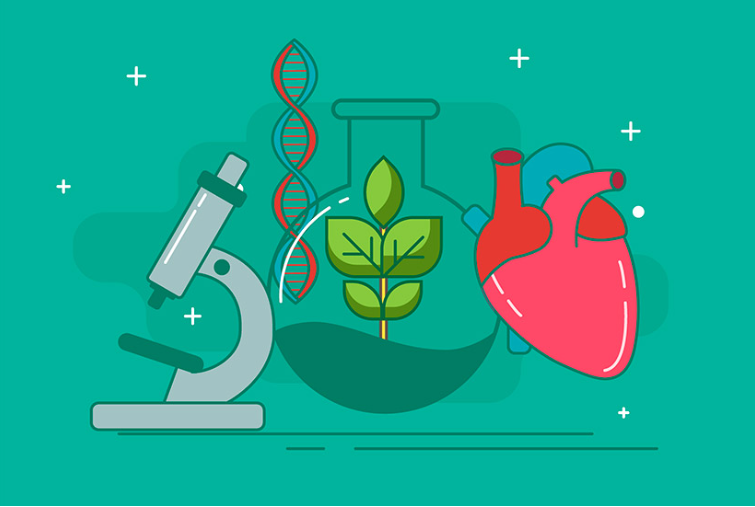How often do we look to nature for inspiration? By exploring its mysteries, people find ideas to create new technologies and solve pressing problems. One of these amazing discoveries was the neural networks that were inspired by the human brain. And while they are far from perfecting their biological prototype, their potential in medicine and biology is already changing the world.

Science imitates nature
The human brain is a master class in engineering that we do not yet fully understand. However, understanding the basic operating principles of neurons became the starting point for the creation of artificial neural networks. These networks mimic the way information is handled in the brain, allowing machines to “learn” and adapt to new information
Biology meets artificial intelligence
The application of neuronetworks in medicine and biology is a step forward in the future. Medical diagnostics, pharmaceuticals, genetics – wherever there is a need to analyze large amounts of data, neuronetworks are indispensable.
For example, in the field of medical diagnostics, deep learning algorithms help in the recognition of complex patterns in MRI or X-ray images, sometimes surpassing even the diagnosis of experienced doctors.
Genomics and Neural Networks: A New Look at Our DNA
The human genome is a mystery that scientists have been trying to solve for years. With the help of neural networks it became possible to analyze genomic sequences faster and more precisely. This opens up new possibilities for understanding genetic diseases, finding new drugs, and even individualized medicine, where treatment can be adapted to the specific genetic structure of the patient.
Future view
What we see today is just the tip of the iceberg. As our algorithms become more sophisticated, and as we continue to study the complexity of the human brain, the possibilities for applying neuronetworks to biology and medicine will only grow.
We are on the verge of a health revolution, where machines inspired by nature itself will work hand in hand with doctors to save and improve the lives of millions of people.
Concluding this conversation, I want to express my gratitude to nature – for inspiration, for the mysteries that it provides us to study, and for the opportunity to apply the knowledge gained for the benefit of humanity. Neuronetworks are just one example of how mimicry in the face of nature can lead to real breakthroughs in science and technology.



